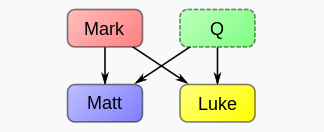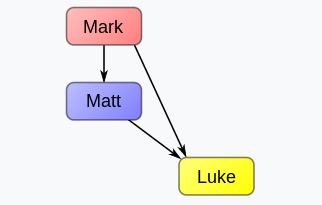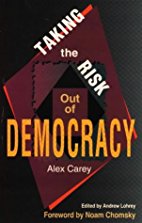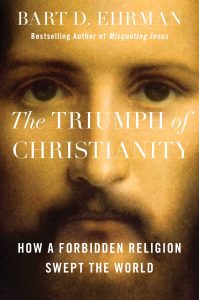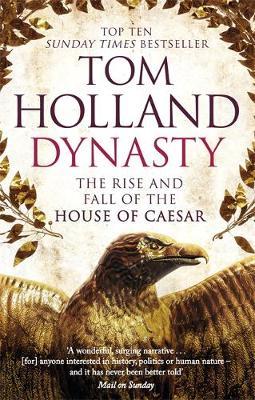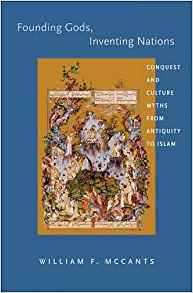 This series of posts has put a spotlight on the historical evidence that despite certain public comments to the contrary the pre-1948 Zionist movement was dominated by the intention to cleanse Palestine of its Arab population to make way for the settlement of Jews from Europe and elsewhere. Much of the evidence surveyed has come from archival sources such as the Israel State Archives and the Central Zioist Archives (CZA), as well as from personal diaries of key Zionist leaders and minutes of Zionist meetings. This is the eleventh post of what are my notes from Expulsion of the Palestinians: The Concept of “Transfer” in Zionist Political Thought, 1882-1948 by Nur Masalha.
This series of posts has put a spotlight on the historical evidence that despite certain public comments to the contrary the pre-1948 Zionist movement was dominated by the intention to cleanse Palestine of its Arab population to make way for the settlement of Jews from Europe and elsewhere. Much of the evidence surveyed has come from archival sources such as the Israel State Archives and the Central Zioist Archives (CZA), as well as from personal diaries of key Zionist leaders and minutes of Zionist meetings. This is the eleventh post of what are my notes from Expulsion of the Palestinians: The Concept of “Transfer” in Zionist Political Thought, 1882-1948 by Nur Masalha.
This post begins with a look at one more transfer plan that interested many Zionists even though it failed in the end to be implemented:
Edward Norman’s Plan of Transfer to Iraq, 1934-48
Edward Norman (1900-1955) was an American Jewish millionaire deeply involved in fund-raising for the Jewish settlement in pre-1948 Palestine, the Yishuv. With the collaboration of Yishuv and other major Zionist leaders he spent much time and energy working on a transfer plan throughout the years 1934 to 1948.
Norman’s first plan, 1934, was titled An Approach to the Arab Question in Palestine. The premise of this 19 page memorandum:
immigration and possession of the land by definition are the basis of the reconstruction of the Jewish homeland.
Norman understood that Jewish colonization was “a general cause of concern” for the Palestinian Arabs because it entailed
taking over Palestine without the consent of the indigenous population.
The crux of the problem for the Yishuv, therefore, in Norman’s view, was that Jews were to gradually take over Palestine while simultaneously finding a new place for the Arab population to live.
The solution, he suggested, was “the kingdom of Iraq”. What he wanted was for the Iraqi government to agree to donate agricultural land for the Palestinian Arabs and to facilitate their free transfer, along with all their cattle and other property. The Arab press would have to support the plan, too.
What is interesting here is Norman’s assumptions about the character of Arabs: no matter how long they had been settled agriculturalists they were still nomads at heart —
It must be remembered that a transportation such as suggested by Arabs from Palestine to Iraq would not be a removal to a foreign country. To the usual Arab there is no difference between Palestine, Iraq, or any other part of the Arab world. The boundaries that have been instituted since the War are scarcely known to many of the Arabs. The language, customs, and religion are the same. It is true that a moving of any kind involves leaving familiar scenes, but it is not a tradition of the Arabs to be strongly attached to a locality. Their nomadic habits still have that much influence, even among the settled elements. (Masalha, p. 143)
Norman feared that anything other than economic inducements for the Palestinian Arabs to evacuate their homes would backfire in the long run. He wanted to avoid a situation where the Jewish settlers looked as though they were pressuring the Arabs to leave:
If the Jews ever succeed in acquiring a major part of Palestine a large number of Arabs perforce will have to leave the country and find homes elsewhere, if they are forced out inexorably as the result of Jewish pressure they will go with ill-will and probably will cherish an enmity towards the Jews that might persist for generations and that would render the position of the Jewish homeland precarious. The rest of the world, too, easily might come to sympathize with the Arabs. (p. 143)
How to initiate the plan
The first step was to involve influential and sympathetic Jewish persons and to make very discreet investigations into Iraq’s willingness to assist. The costs of moving Arabs village by village to Iraq would have to be ascertained without raising any public alarms. The necessary meetings with the British Colonial Office were also mapped out. The first Arabs to be moved would be the ones along the Palestinian coast since their agricultural ways were the more easily transferable to Iraq in the initial stages.
Revision 1
In 1937, however, violent confrontations between the Yishuv and Palestinians led Norman to expand and revise his plan. He had to acknowledge an unsavory fact: Continue reading “Expulsion of the Palestinians, Part 11″


